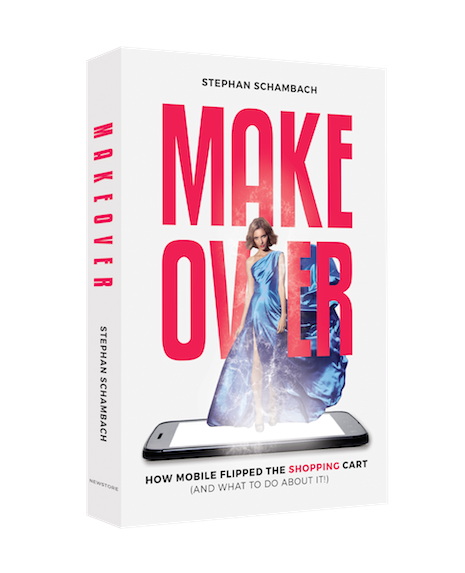 Stephan Schambach is founder/CEO of NewStore
Stephan Schambach is founder/CEO of NewStore
By Stephan Schambach Bricks-and-mortar stores are not dead. They just need a makeover. It is no secret that there are plenty of suburban shopping centers struggling to keep their doors open, but the high-end malls are thriving. Higher-end has differentiated the consumer experience, therefore, people still want to shop in the physical store. High-end brands make shopping a true experience, offering instant gratification with luxury service and modern fulfillment. The future of bricks and mortar is up to each brand and retailer. Everyone needs to keep pushing the envelope. Here is part 3 of an excerpt from my new book, “Makeover: How Mobile Flipped the Shopping Cart,” about how stores need to evolve to keep up with today’s mobile-obsessed consumers. Some suggest the rise of technology-assisted shopping will hurt stores, but that might be a hasty judgment. Stores, rather than being threatened by technology, will be enhanced by it. Mobile is not the end of stores, but rather part of the evolution of stores as they transform for the mobile age. Change is part of retailing Many things in the United States retail world have been retired to the history books, from the door-to-door salesman to cash on delivery. The store is different. Ever since the early days of the Internet, industry watchers have put the store on death watch. Ecommerce would kill the store, they warned. Not so much. Not only has the store survived, but smart stores can get in on the new technology and thrive. We have seen stores venture onto the Web to challenge Amazon, but the opportunity does not end there. As mobile has flipped the shopping cart, new opportunities for traditional stores have emerged. The store, far from being dead or in the process of dying, might just be getting started. The trick, smart retailers are noticing, is not to focus the battle on beating ecommerce at its game.
 Makeover: How Mobile Flipped the Shopping Cart, by Stephan Schambach
Makeover: How Mobile Flipped the Shopping Cart, by Stephan Schambach
